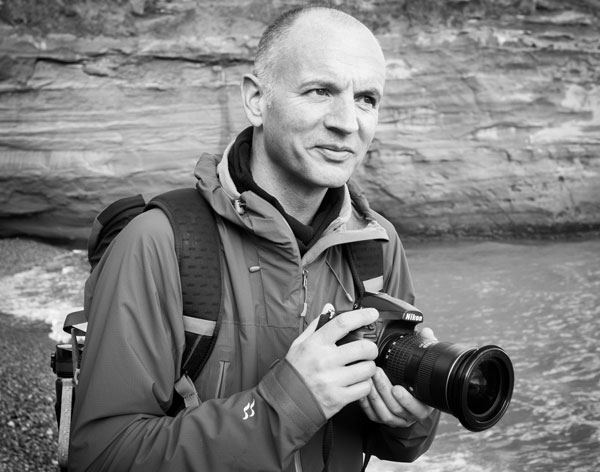

Benedict Brain is a UK-based photographer, journalist and artist. He is an Associate of the Royal Photographic Society and sits on the society’s Distinctions Advisory Panel. He is also a past editor of Digital Camera Magazine, and the author of You Will be Able to Take Great Photos by The End of This Book.
Composition fascinates me. In my workshops, talks, articles and books, I often use the famous quote by Edward Weston that goes along the lines of: “To consult the rules of composition before taking a photograph is like consulting the rules of gravity before going for a walk”. Naturally, the point is that he didn’t think about any of the ‘rules’ or ‘guides’ when composing his photographs; in other words, he simply relied on intuition and instinct.
I sense this is also the case with many other photographers. Not that I would put myself in the same league as Edward Weston but I never consciously reference any of the ‘accepted rules’ when making a photograph. However, I think it’s true that some folk are simply more ‘aesthetically’ inclined and in tune with a sense of visual balance, harmony and order, while others must work a little harder.
Regardless of where you sit on the spectrum, being aware of the ‘rules’ can help and for some people, especially those at the beginning of their photographic journey, spending a little time becoming familiar with the ‘rules’ is a good thing, albeit taken with a pinch of salt.
That said, I was recently appalled to see my son’s photography GCSE coursework on composition, where his class has been delving deep into the complexities of composition theory and overlaying harmonic armatures and other such devices onto photographs to analyse their compositional structure.
While I don’t want to be that annoying, interfering parent, I find it a shame – a tragedy, even – as it’s missing the point, massively overcomplicating things and sucking the joy and creativity out of photography. I’ve seen similar attitudes with some old-school camera club ‘judges’ getting their knickers in a twist over images that don’t strictly adhere to the ‘rule of thirds’ or other such ‘rules’. Open any book on the history of photography and you will see myriad examples by the world’s finest photographers who disregard the rules with glorious abandon.
This image was made in a Samoan fish market. I worked the scene a little to get the composition and took half a dozen or so shots before settling on this one. I changed my angle and point of view slightly between each image, being aware of the shapes, color and light and how they were arranged relative to one another in the frame. However, I never consciously thought of harmonic armatures, the golden mean or the rule of thirds.
• Other articles in the Art of Seeing series
Read more:
• 8 composition mistakes photographers make (and how to avoid them)
• The 50 best photographers ever
• 120 best photography quotes from famous photographers
• The best coffee-table books on photography







